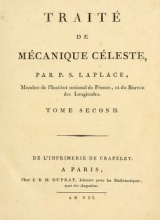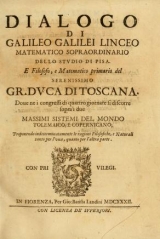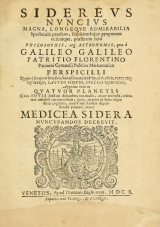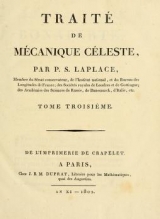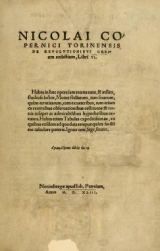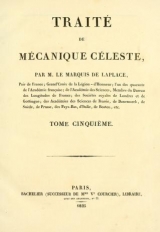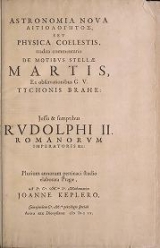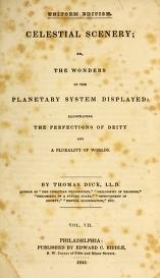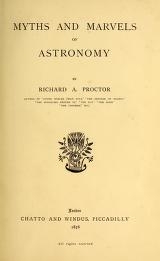Sidereus nuncius
7. Telescope
When Galileo first turned the newly invented telescope to the heavens, this
became the first printed account of his new discoveries, including mountains
and valleys on the face of the moon, four satellites of Jupiter, the
countless stars of the Milky Way, and earthshine.
Often translated as "Starry Messenger", "Starry Message" or "Sidereus
Messenger", the complete title is "Sidereus nuncius : magna, longeque
admirabilia spectacula pandens, suspiciendaque proponens vnicuique,
praesertim verò philosophis, atq[ue] astronomis, quae à Galileo Galileo ...
Creator:
Galilei, Galileo
Published:
Apud Thomam Baglionum, 1610
Topic:
Astronomy
Collection:
Cite This:
View Citations







